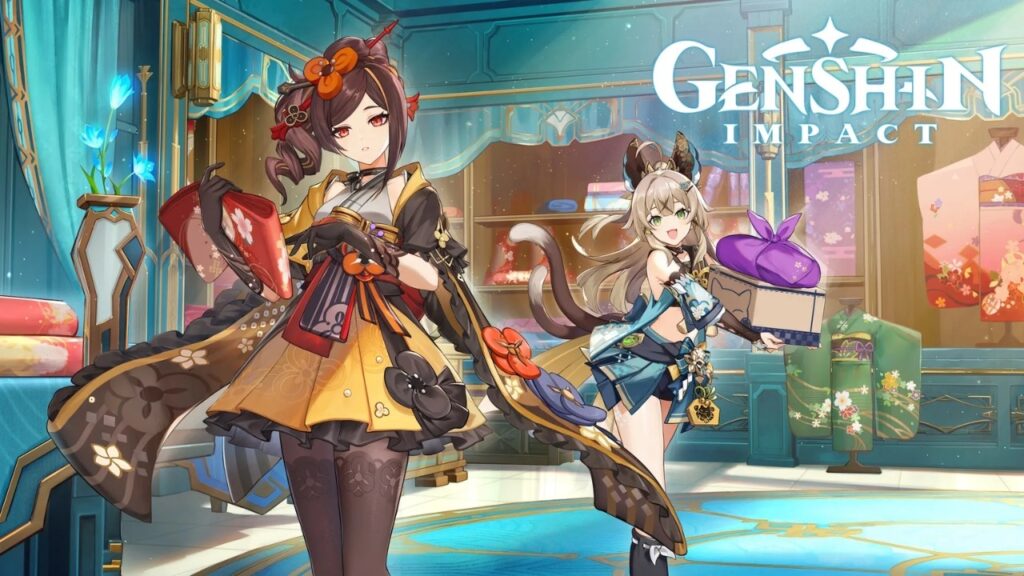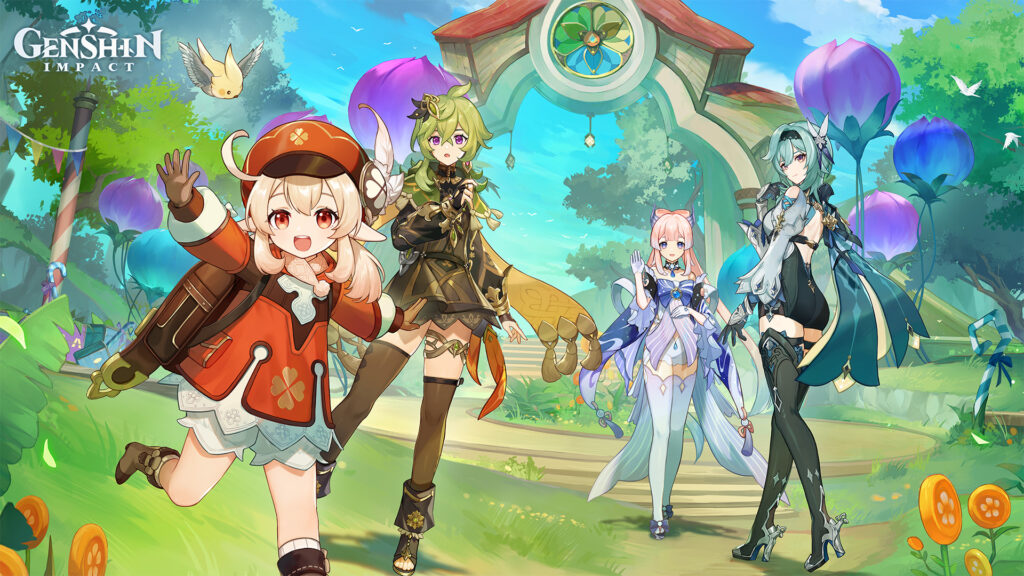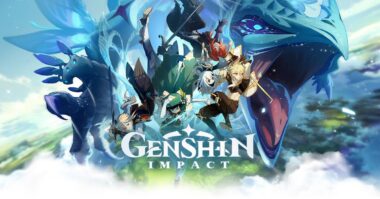Introduction
“Genshin Impact,” developed by miHoYo, has captivated millions with its expansive open world, engaging combat, and rich storytelling. However, the game’s monetization strategy, particularly its gacha system, has sparked significant debate. The gacha system—where players spend a currency to receive randomized rewards—has been integral to the game’s design but also a source of controversy. This article explores the complexities and impacts of the gacha system in “Genshin Impact,” focusing on how randomness affects player experience, game balance, and the broader economic implications.
The Core Mechanics of Gacha in “Genshin Impact”
The gacha system in “Genshin Impact” is a pivotal component of the game’s monetization strategy. It allows players to use a currency called Primogems to perform “Wish” draws, which yield characters, weapons, and other items of varying rarity.
Understanding Gacha Draws

In “Genshin Impact,” players use Primogems to make Wishes, which are essentially randomized draws. Each Wish offers a chance to obtain 4-star or 5-star items or characters, with rarer items having lower probabilities.
Probability and Rarity
The probability of obtaining different items varies:
5-Star Characters/Weapons: Approximately 0.6% chance per draw.
4-Star Characters/Weapons: Approximately 5.1% chance per draw.
3-Star Items: The majority of pulls result in 3-star items.
The Impact of Randomness on Player Experience
The random nature of the gacha system creates both excitement and frustration. While some players enjoy the thrill of potentially receiving high-value items, others may experience disappointment due to the low probability of obtaining desired rewards.
Economic Implications of the Gacha System
The gacha system is not only a gameplay mechanic but also a revenue model. Understanding its economic implications reveals how it impacts both players and the developer’s financial strategy.
Revenue Generation Through Microtransactions
The gacha system drives revenue by encouraging players to spend real money to acquire Primogems. The randomized nature of the system can lead players to spend more than they initially intended in hopes of obtaining rare items.
Player Spending Behavior
Several factors influence spending:
Chasing Rare Items: Players may spend large amounts of money to obtain rare 5-star characters or weapons.
Event-Driven Spending: Limited-time events and banners can create a sense of urgency, prompting players to spend more to take advantage of special rates or exclusive items.
Developer Revenue and Game Longevity
The revenue generated by the gacha system contributes to the game’s ongoing development and content updates. This financial model supports the release of new characters, events, and updates, which help maintain player engagement and game longevity.
The Psychological Impact of Gacha Mechanics
The gacha system’s randomness has psychological effects that can influence player behavior and spending patterns.
Gambling-Like Behavior
Gacha mechanics often exhibit similarities to gambling, where the excitement of chance and the anticipation of rewards can lead to compulsive spending. This behavior is driven by the hope of achieving a high-value item, leading some players to spend more than intended.
Emotional Rollercoaster
The emotional highs and lows associated with gacha pulls can lead to:
Excitement and Satisfaction: Receiving a coveted item can lead to feelings of achievement and joy.
Frustration and Disappointment: Frequent failures to obtain desired items can result in frustration and dissatisfaction.
Player Retention and Monetization

The psychological effects of gacha mechanics can also impact player retention and monetization. Players who feel invested in the game are more likely to continue spending and engaging with new content, contributing to the game’s financial success.
The Controversies Surrounding the Gacha System
The gacha system in “Genshin Impact” has faced criticism from players and regulatory bodies. Understanding these controversies provides insight into the challenges and criticisms of the system.
Criticism and Player Backlash
Common criticisms of the gacha system include:
Perceived Exploitation: Critics argue that the system exploits players’ desire for rare items, leading to excessive spending.
Lack of Transparency: Some players feel that the odds of obtaining high-value items are not clearly communicated, leading to concerns about fairness.
Regulatory Responses
In response to criticism, some countries have introduced regulations requiring clearer disclosure of odds and spending limits. These regulations aim to protect consumers from potentially harmful practices associated with gacha mechanics.
Community Reactions and Advocacy
The community has voiced concerns through various channels, including forums, social media, and petitions. Advocacy efforts often focus on promoting transparency and fairer practices within the gacha system.
Developer Responses to Criticisms
In response to the controversies surrounding the gacha system, miHoYo has taken several steps to address player concerns and improve the system.
Increased Transparency
To address transparency issues, miHoYo has made efforts to provide clearer information about the odds of obtaining different items. This includes displaying the probability rates for various tiers of items in the game’s gacha interface.
Implementing Pity Systems
A common feature to mitigate frustration is the “pity” system, which guarantees a high-value item after a certain number of unsuccessful pulls. This system aims to provide players with a safety net and reduce the likelihood of feeling cheated.
Balancing and Updates
miHoYo regularly updates the game to balance the gacha system and address player feedback. This includes adjusting drop rates, introducing new content, and implementing player-requested features to enhance the overall experience.
The Future of Gacha Systems in Gaming
As gaming continues to evolve, the role of gacha systems may change. Exploring future trends and potential developments can provide insight into how these systems may adapt.
Emerging Monetization Models
Future monetization models may focus on:
Subscription-Based Systems: Offering players access to content through subscriptions rather than randomized draws.
Direct Purchase Options: Allowing players to directly purchase specific items or characters, reducing reliance on randomness.
Ethical Considerations
There is increasing emphasis on ethical considerations in monetization practices. Developers may explore ways to implement gacha systems that are less exploitative and more transparent, aligning with evolving industry standards and player expectations.
Enhancing Player Experience
Future improvements may focus on enhancing player experience by:
Improving Odds Transparency: Providing more detailed information about item drop rates and ensuring fairness in the system.
Offering Alternatives: Introducing alternative ways for players to earn or purchase items without relying solely on randomized pulls.
Conclusion
The gacha system in “Genshin Impact” plays a central role in the game’s design and monetization strategy. While it offers excitement and potential rewards, it also presents challenges related to randomness, player behavior, and economic implications. Addressing criticisms through increased transparency, ethical considerations, and innovative monetization models is crucial for maintaining a fair and engaging experience. As the gaming industry evolves, the future of gacha systems will likely involve a balance between player satisfaction and financial sustainability, with an emphasis on creating more transparent and player-friendly practices.


